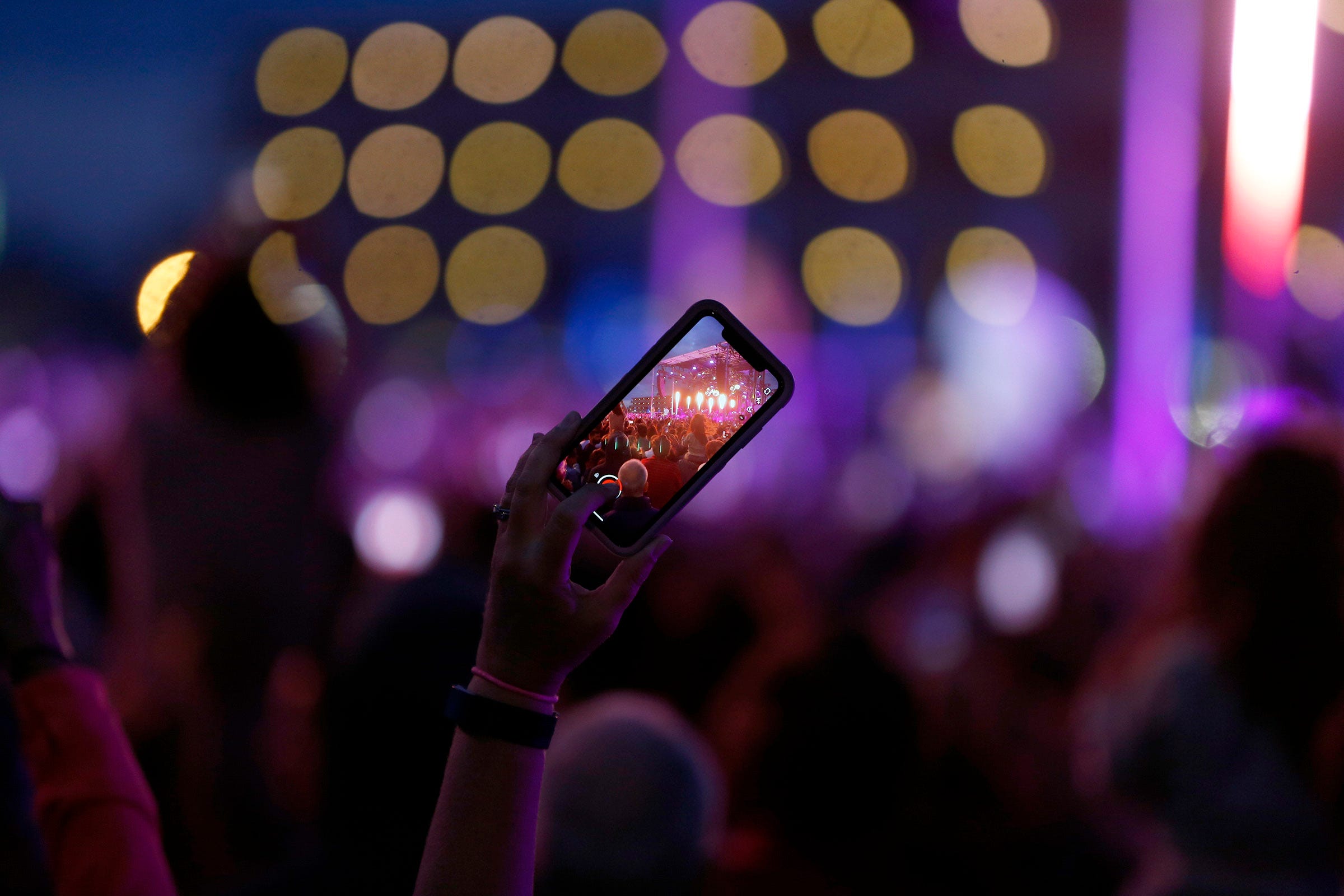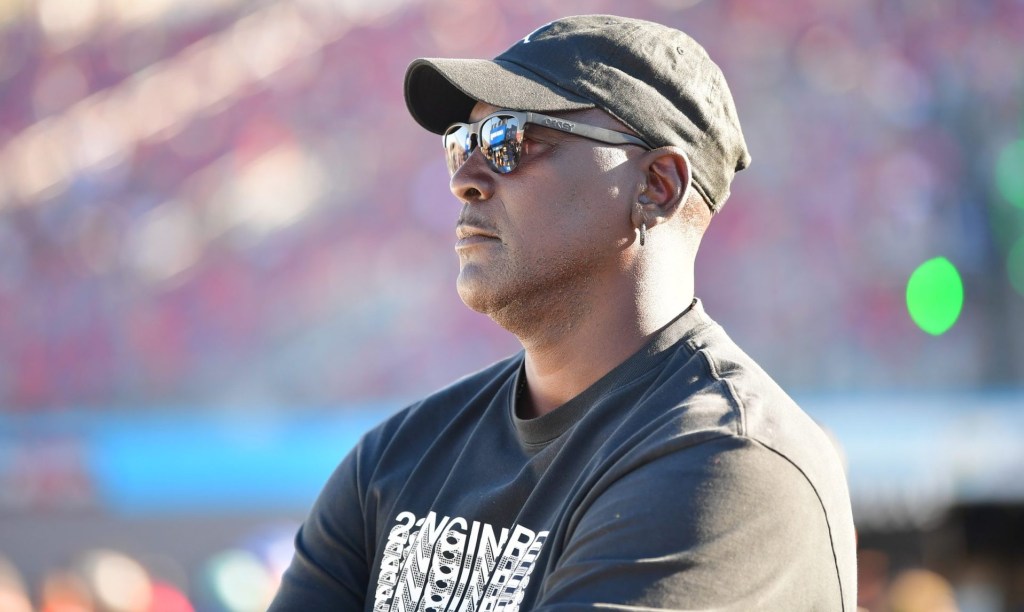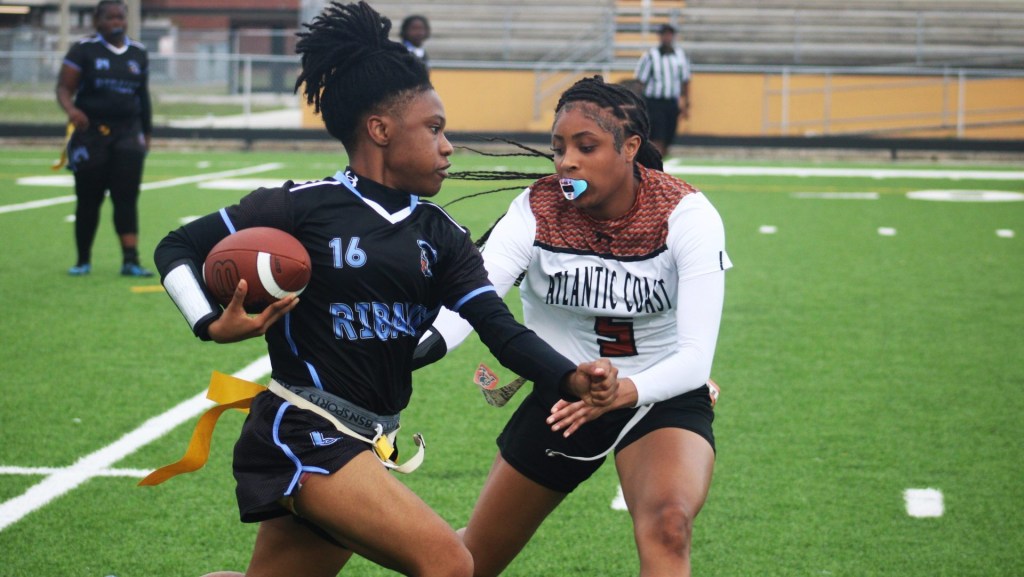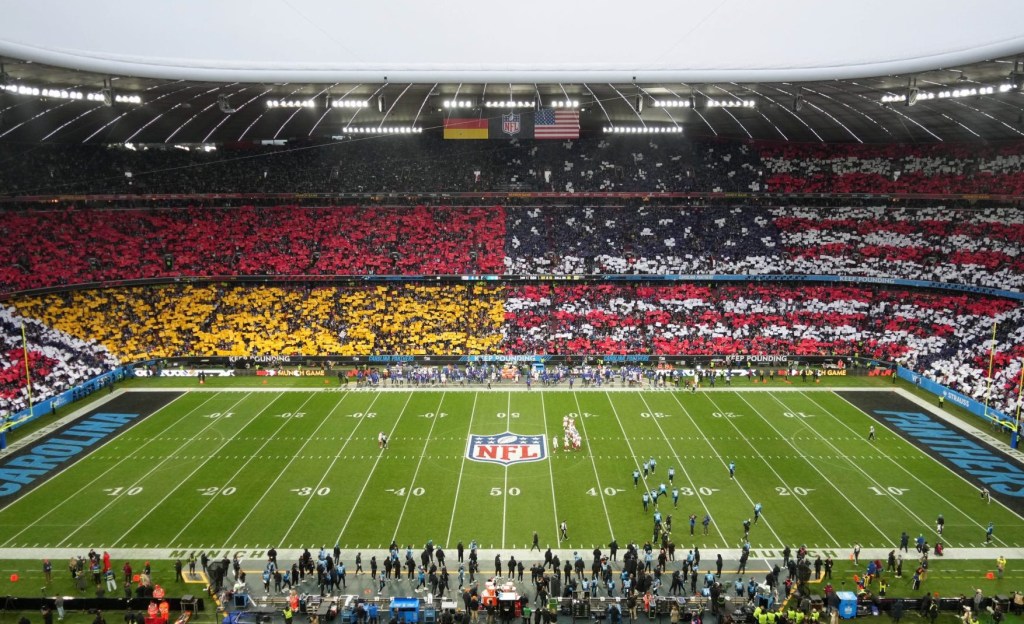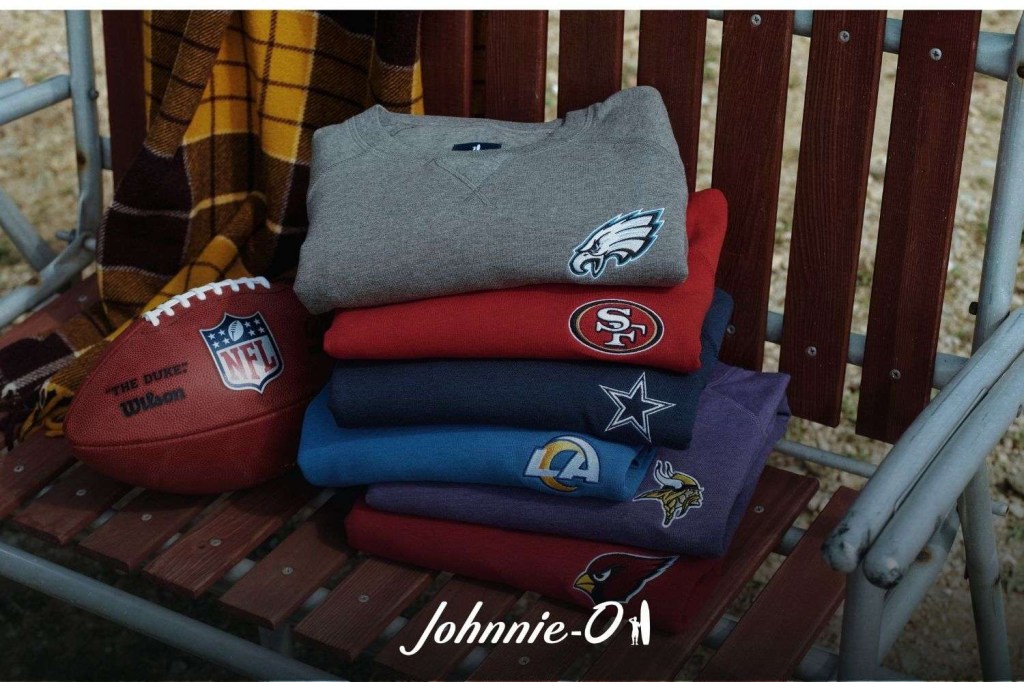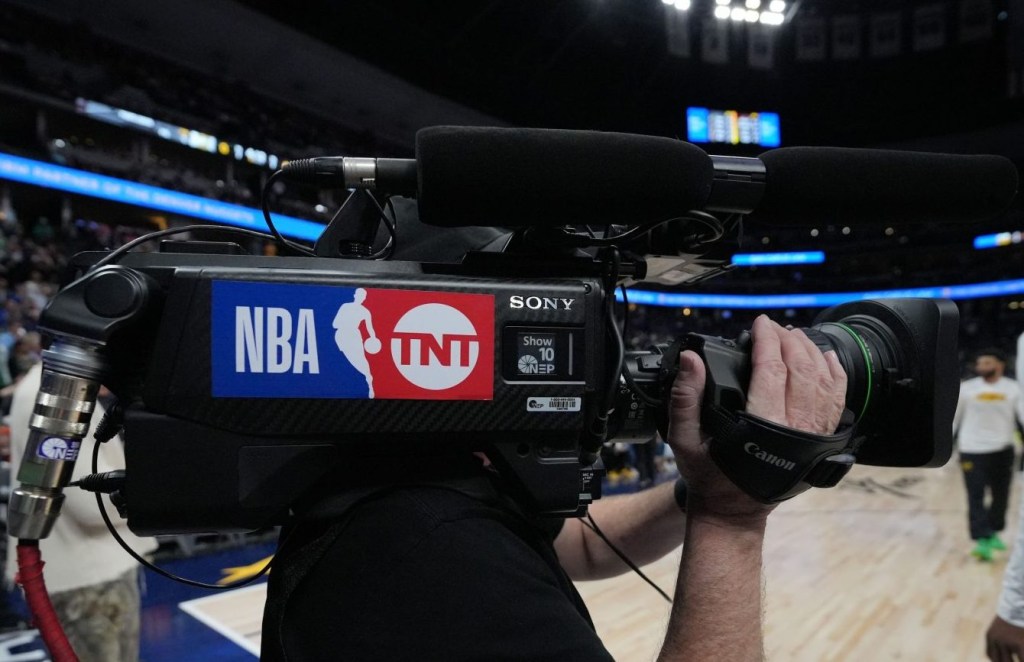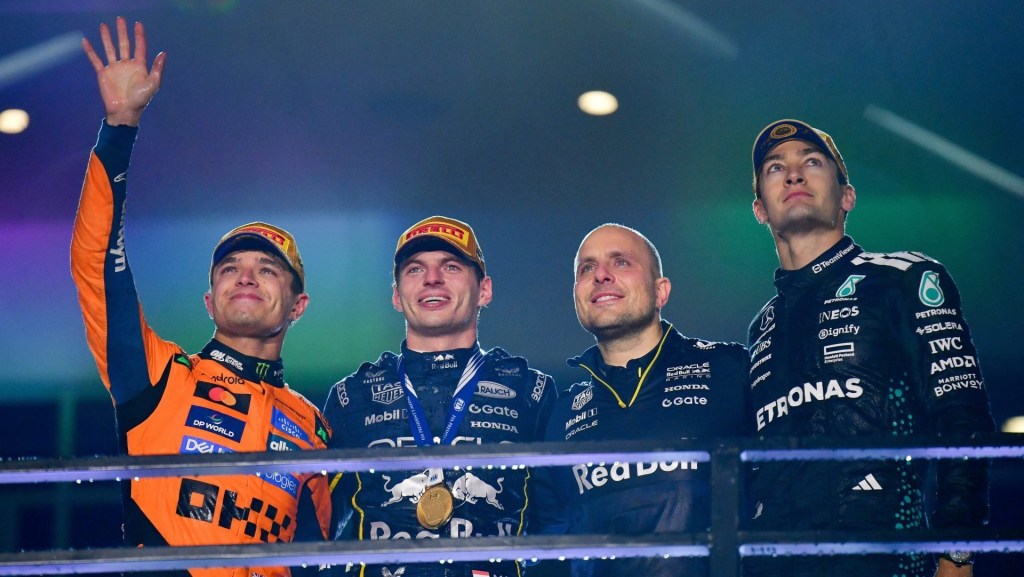On its way to TikTok becoming arguably the most talked-about new social media platform, a common formula could be seen across the highest-trending videos: socially and culturally relevant pop-culture music.
From Drake’s “Toosie Slide” hitting two billion views on the platform before becoming a publicly released single to the career-launching success of Lil Nas X’s “Old Town Road,” TikTok users have leaned on songs like these for content purposes.
But as TikTok enacted strict limits on the music and soundtracks that its followers can utilize, brands, leagues, and teams are being forced to distinguish themselves even more through original content.
In the past, TikTok users could create successful content with almost no limitations on the music they could incorporate into their videos. With TikTok’s recent music regulations, brands will only have access to a collection of royalty-free music that the platform has licensed for commercial use.
For the verified accounts on TikTok, they are no longer able to use mainstream music and popular songs that are utilized heavily for dance challenges and viral trends. Under this new guideline, brands that would like to use relevant music in the future now have to obtain the appropriate license that grants them commercial use.
The ByteDance-owned app began rolling out this change in early May, and immediately caught the attention of Dave Jorgensen, the man behind the Washington Post’s TikTok profile. Helping not only build WaPo’s TikTok following to more than 528,200 followers and inspiring NASCAR to adopt similar practices, Jorgensen tweeted out his disappointment in the app’s recent changes.
“This is a hiccup for the @washingtonpost TikTok account but ultimately a new challenge,” he wrote. “I only use popular music about 30% of the time, so now it’s time to double-down and get even more creative.”
Robbie Levin, TikTok manager of media and brand partnerships, says that this can help leagues and teams find success because “sports have such an amazing natural soundtrack. You think about broadcasts calls, player audio, fan chants – there’s just a lot of opportunity for sports leagues and teams to leverage their organic sounds in a really fun way.”
Already, Levin has seen sports brands tap uniquely tap into their distinct sounds on TikTok. Leaning into mic’d up moments from on the field, the NFL posted a video of Miami Dolphins linebacker Jerome Baker looking for his mom; not only has it been viewed more than 10.6 million times, but more than 230 videos have since been created using that sound.
READ MORE: TikTok Dives Deeper Into Long-Form Sports Content
While AJ Curry, NFL senior manager of social content, is still exploring the future of original sound of TikTok, she thinks that the quality of the league’s material can help make this new requirement a seamless transition.
“We truly believe in our content being really strong, and it carries us,” she said. “As we can continue to believe in that and push forward with that, then I think we’re going to be okay. It’s very new and still developing, so we’re in the same boat as everyone else, but we’re taking these learnings and moving forward the best that we can.”
Levin also cited the Minnesota Vikings as another example of a sports team adapting well to TikTok’s music rules. The club recently posted a video with the soundtrack to the “Skol” chant and invited its followers to recreate videos using that sound. At more than 655,800 views, it has quickly become one of the Vikings’ most successful videos during the offseason and led to the creation of 50 videos being made with that sound.
“It’s really a striking moment for a team leaning into the TikTok community and finding incredible engagement, and really kind of a fun way to rally their fans when everyone’s separated,” he said. “I love seeing that and can’t wait for leagues and teams to innovate and find new formats for their sounds.”
When the Chicago Bulls became the first professional sports team to monetize its content on TikTok in January, it was not the only news that came out of its partnership with BMO Harris Bank.
READ MORE: Chicago Bulls Become First Team To Launch Branded Content On TikTok
By happenstance, the Bulls’ digital team had already produced and created original audio and music for each BMO Harris Bank-sponsored post. The team worked with Hawaii-based group Young Black Kings on producing original songs for the branded content series. As of June 8, the #BullsBMOChallenge has inspired nearly 15,000 fan videos and generated more than 8.2 million views on TikTok.
“You’ll notice that these songs are specifically designed to resonate with a TikTok audience,” Kamil Strycharz, the Bulls’ digital content coordinator, wrote in an email. “It is an awesome feeling to be able to provide artists the opportunity to do what they love. We also have full rights to the song and are able to use it, however and whenever we’d like, so it gives us much more flexibility than if we went with the route of paying to use a well-known song.”
With the Bulls already working on four new TikTok-specific songs, Strycharz says that he and his colleagues have adopted a bit of reverse engineering to their approach. They first think of how they are integrating their business partner into the content and which performance team best fits the video.
For instance, the Bulls wanted one of their songs to include a Bulls x BMO Harris Bank branded hat as part of the choreography at the beginning of a TikTok video. The artists for that specific clip then receive that info from Strycharz and record samples en route to publishing it. He believes that while the artists and performance teams that he works with have to go in specific directions creatively, they still have plenty of freedom in the brainstorming and execution process.
“Any brand that was in the past resorting to using popular songs on TikTok will now have to adapt,” he said. “It may slow down content output at first, but [sic] am excited to see what creative solutions come out of it. One thing is for certain on our end: we will be testing a lot of different forms of content. These tests will include things like repurposing in-arena performances to trends that don’t involve music, developing TikTok skits with Benny, and continuing to roll out original music.”
At Clemson Athletics, senior director of creative solutions Tyson Hutchins, estimates that 60% of its TikTok content leaned into songs and trends, while the other 40% leaned into original sounds.
Like Jorgensen, Hutchins was disappointed when TikTok made its recent music changes, but it was something he and his colleagues had started to anticipate and prepare for.
Although he thinks that it will be a learning experience for many sports brands, Hutchins believes that it will encourage others to cultivate their own unique content on TikTok.
“I speak widely for the entire industry when I say that it was really easy when you see someone do a dance, and you have a mascot who can do that dance or things of that nature,” he said. “Now we’re going to have to be a little more creative and, to be honest, I’m looking forward to that aspect of it, where we can narrow in our voice on TikTok and get a little more strategic with what we do rather than just flowing with what everyone else is doing on the platform.”
As someone who has worked with TikTok in the past, Mathew Micheli, co-founder and managing partner of media marketing agency Viral Nation, Inc., does not understand why the platform is limiting brands’ abilities to use popular music on it.
Although Micheli thinks it makes sense for musicians and record labels requiring others to pay for licensing rights to their songs, he does anticipate some challenges for sports brands creating notable TikTok videos – but not to the detriment of their overall expansion.
“I ultimately think that it’s more than likely going to hurt some of [the sports brands] that are trying to keep up with trends and to keep up with those hot songs,” he said. “I think that would be the only way it stifles their growth. I still think the majority of them will grow – just maybe not at the pace [they’d like] because they can’t keep up with those trends because a lot of them involve consumer songs. I think they’re going to have that trouble, but it’s not going to be anything staggering.”
